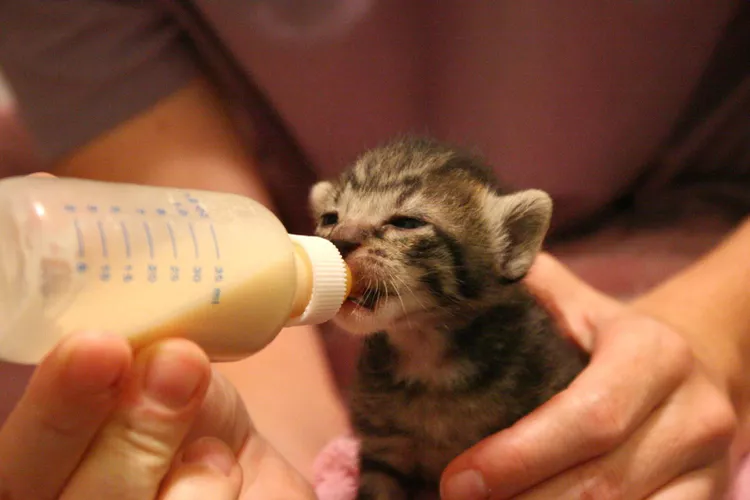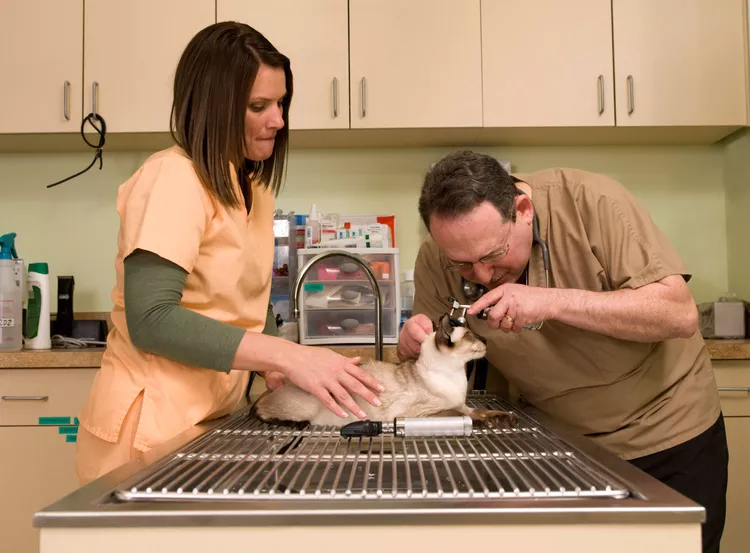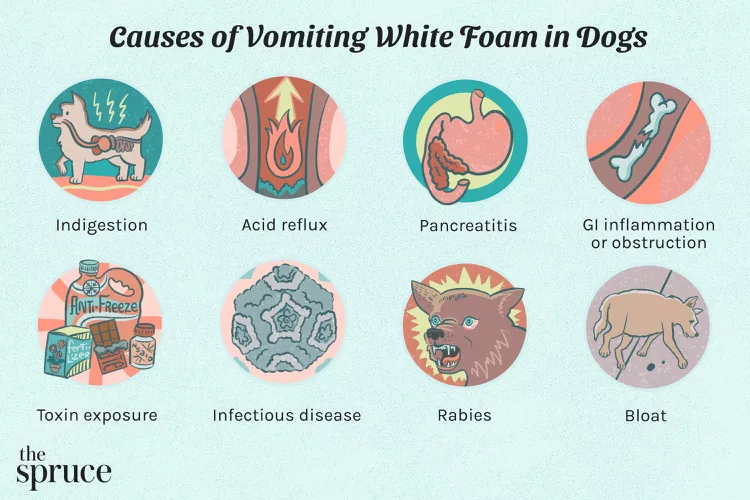Visiting a winery can be a perfect springtime activity to relax and enjoy the outdoors as the weather gets warmer. And sometimes, that chilled glass of crisp sauvignon blanc is best enjoyed with a sweet pup by your side.
Many businesses, including wineries, have become increasingly pet-friendly in recent years. While there are many pet-friendly wineries, there is no one-size-fits-all pet policy, so it’s important to do your homework before visiting. Here's the lowdown on pet-friendly wineries, including how to find them, what to expect, and tips before you go.
What Are Pet-Friendly Wineries?
Pet-friendly wineries are exactly what they sound like—wineries that allow you to bring your furry friend. But different pet policies often mean there are varying degrees of “pet-friendliness.” Certain wineries may require pets to be leashed, limit pets to certain parts of the winery, or enforce pet or breed restrictions.
Wineries may use the term “pet-friendly,” but dogs are by far the most common pet you’ll come across at a vineyard. However, if you have an especially social cat (or rabbit or lizard or guinea pig) that does well in public, you may be able to take them to a pet-friendly winery that welcomes all pets.
Types of Pet-Friendly Wineries
On the theoretical scale of pet-friendliness, imagine that one side is “pet-welcoming” and the other is “pet-permitting.”
Typically, pet-welcoming businesses not only allow pets, they encourage them. Pet-welcoming wineries often have amenities specifically for pet owners, like water bowls, treats, poop bag stations, or an on-site dog park. You’ll usually see a lot of pets and pet owners at these locations.
Pet-permitting businesses will often have more restrictions in place and fewer amenities. A common restriction at wineries is allowing pets in outdoor spaces but not inside the tasting room.
It’s important to respect pet policies and remember that just because there are restrictions in places, it does not mean the winery owners or staff have anything against animals. Often, there are reasons behind restrictions that are outside of their control, such as zoning requirements or state laws.
How to Find Pet-Friendly Wineries
There are several ways to find a pet-friendly winery near you. One of our favorites is utilizing online resources that have already done the research for you. These websites often include lists, ratings, and reviews of pet-friendly businesses. We recommend BringFido, which features reviews of hotels, restaurants, activities, and events in all 50 states; and Cork Hounds, which lets you search for dog-friendly wineries, vineyards, meaderies, and breweries by zip code.
You could also look up the pet policy of a winery near you. You can often find out whether they allow pets on the FAQ page of their website, but sometimes it takes some sleuthing. If you can’t find a pet policy on the business’s website, you may have some luck searching their social media pages or typing the winery’s name and “pet-friendly” or “pet policy” into a search engine. As a last resort, you could always call a winery to ask about their pet policy. If a winery is not up-front and advertising their pet policy, they may not be very welcoming to pets.
What to Expect When Visiting a Pet-Friendly Winery
If it is your first time taking your pet to a winery or someplace similar, you can likely expect some behavioral differences in your pet. Your golden retriever may be a well-trained, obedient angel at home, but in a new environment with new sights, sounds, and smells, that training might go out the window, so it’s a good idea to keep a close eye on them.
You can also probably expect some extra attention from other animal lovers, especially those who are feeling extra social after a glass or two of wine. If your pet is skittish, politely ask people who approach them to either go slow or leave your pet alone. Also keep an eye out for children, since they are often allowed at wineries.
Regardless of how pet-friendly the winery is, you shouldn’t expect them to have everything you’ll need, so it is always a good idea to bring your own water bowl and plenty of fresh water. You may also want to bring a snack or toy to keep your pet occupied.
Tips for Visiting a Pet-Friendly Winery
Like most outings, before you bring your pet to a winery, we’d advise asking yourself: Am I doing this for my pet or for me? Think about whether your pet will really enjoy being somewhere that could be potentially crowded or overstimulating. A few questions you can ask yourself include:
- Does my pet enjoy exploring new places and meeting new people?
- Does my pet have a history of biting, or will they pose a risk to the safety of other people or animals?
- Will my pet be able to relax and sit calmly in a winery environment?
- Will I be able to enjoy myself or will I be worried about my pet?
If you decide you still want to bring your pet, here are some tips:
- Come well-prepared: This includes knowing the pet policy of the winery you plan to visit and bringing the water, treats, and other supplies your pet may need.
- Choose your leash and collar or harness wisely: Your pet will likely need to remain on leash for a while, so they may be more comfortable in a harness than a collar. You also may need a hands-free leash that you can tie to your chair or table.
- Know the weather: If it is too hot or too cold, bringing your pet to an outdoor winery could be uncomfortable at best and dangerous at worst.
- Beware of grapes: Grapes are toxic to dogs, so it is probably not a good idea to take them on a stroll through the vineyard grapevines where they could eat fallen grapes.
- Be responsible: At the end of the day, you are responsible for your pet, so you should be conscious of where they are and what they are doing at all times. It can be tempting to let loose and relax, especially when wine is involved, but if you are not willing to attend to your pet throughout your adventure, it's best to leave them at home.




















